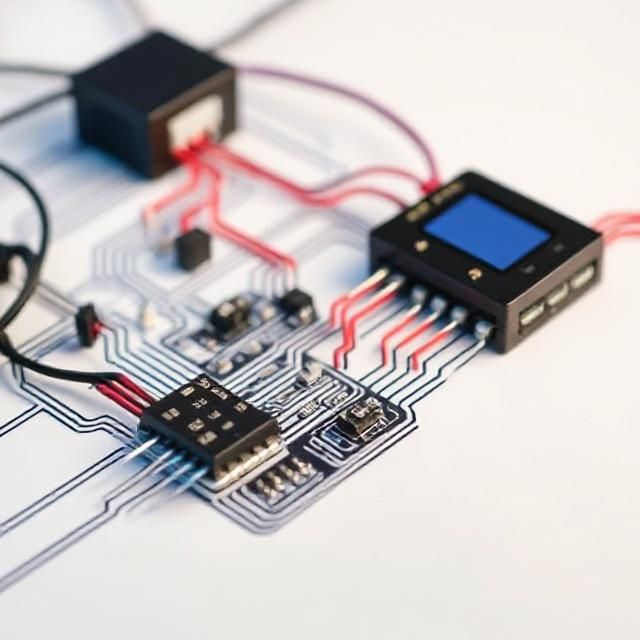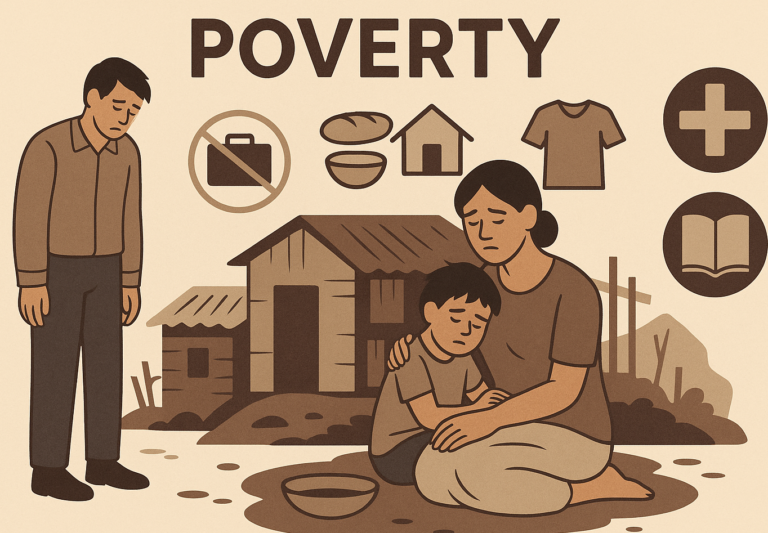What is OFDM?
OFDM is a technique used in communication systems to send data efficiently over a radio or cable network. It’s like splitting a big task into many smaller tasks, which makes things faster and more reliable.

How Does OFDM Work?
Imagine you’re sending a message across a busy road with lots of traffic. If you try to send your message using just one lane, it can get stuck in traffic, and the message might get delayed or lost. But if you use many lanes (smaller signals), each carrying part of the message, the traffic spreads out, and everything gets through more smoothly.
Here’s how this works in OFDM:
- Splitting the data: The data you want to send (like a video, music, or web page) is split into smaller pieces. Instead of sending the whole message at once, you break it up into smaller “chunks.”
- Using different frequencies: Each of these smaller pieces of data is sent using different frequencies. In other words, you send each piece over its own little “frequency lane,” so they don’t interfere with each other. These frequencies are “orthogonal,” meaning they can be close together without causing problems.
- Transmitting the signals: All these different frequency signals are sent at the same time, but they won’t interfere because they are carefully arranged to be “orthogonal” (different enough that they don’t overlap and cause interference).
- Receiver side: The receiver takes in all these signals, decodes them, and recombines the data into the original message. Since the signals are separated into different frequency channels, the receiver can easily pick out and decode each one.
Why Is OFDM Useful?
- Efficient use of bandwidth: By splitting the data across many frequencies, OFDM makes better use of the available bandwidth, so more data can be sent at the same time.
- Resistance to interference: Since the signals are sent at different frequencies, if one frequency gets disturbed by something like interference, the others can still get through clearly.
- Better for high-speed data: OFDM works well in environments where there might be lots of obstacles (like buildings, trees, or walls) or high-speed movement (like in cars or trains), which often causes data to get lost or delayed. OFDM helps maintain a stable connection even in these conditions.
Where Is OFDM Used?
- Wi-Fi (Wireless networks): Most modern Wi-Fi routers use OFDM to send and receive data efficiently.
- 4G and 5G networks: OFDM is also used in mobile networks to handle lots of data traffic.
- Digital TV and Radio: Some digital broadcasting uses OFDM to send signals clearly over long distances.
In Summary:
- OFDM is a method that sends data using many small signals over different frequencies at the same time.
- It’s good for avoiding interference, using bandwidth efficiently, and sending data faster and more reliably.
- It’s used in Wi-Fi, mobile networks, and even TV and radio signals.
So, think of OFDM as a way to send lots of information quickly and clearly, using many “lanes” to avoid traffic jams!











